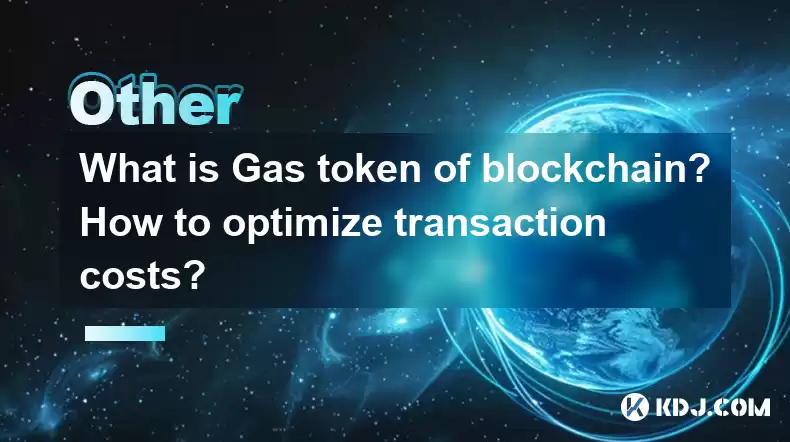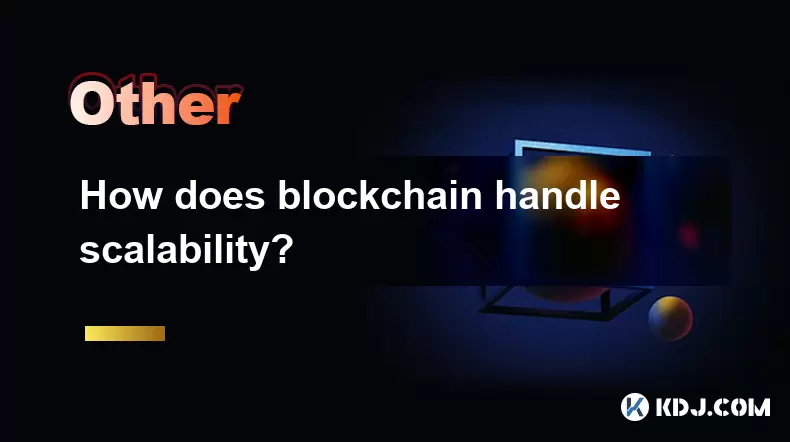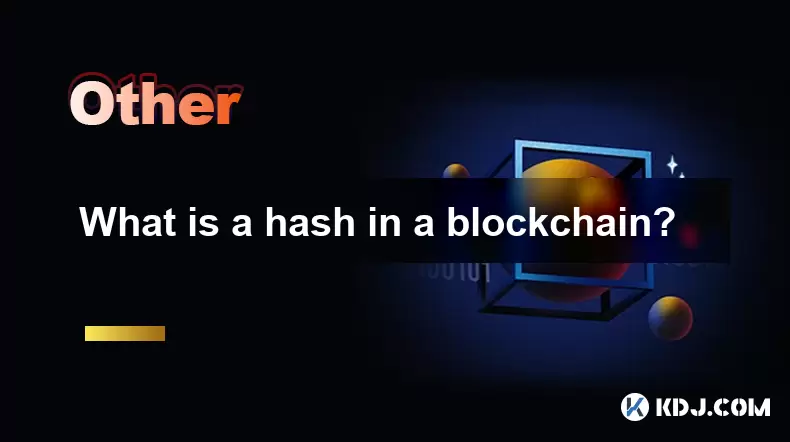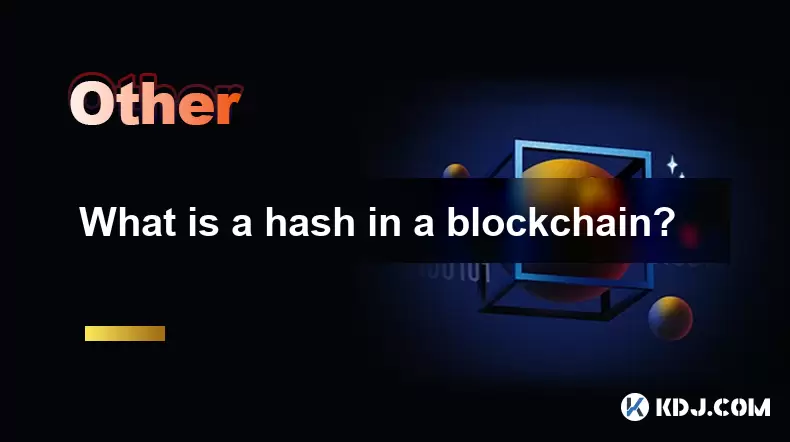-
 Bitcoin
Bitcoin $113900
-1.39% -
 Ethereum
Ethereum $3517
-4.15% -
 XRP
XRP $3.009
1.59% -
 Tether USDt
Tether USDt $0.9997
-0.04% -
 BNB
BNB $766.8
-1.41% -
 Solana
Solana $164.6
-2.38% -
 USDC
USDC $0.9998
-0.02% -
 TRON
TRON $0.3277
0.65% -
 Dogecoin
Dogecoin $0.2023
-1.67% -
 Cardano
Cardano $0.7246
0.05% -
 Hyperliquid
Hyperliquid $38.27
-4.77% -
 Sui
Sui $3.528
-0.52% -
 Stellar
Stellar $0.3890
-0.73% -
 Chainlink
Chainlink $16.16
-2.69% -
 Bitcoin Cash
Bitcoin Cash $539.9
-4.38% -
 Hedera
Hedera $0.2425
-2.00% -
 Avalanche
Avalanche $21.71
-0.97% -
 Toncoin
Toncoin $3.662
5.73% -
 Ethena USDe
Ethena USDe $1.000
-0.02% -
 UNUS SED LEO
UNUS SED LEO $8.964
0.35% -
 Litecoin
Litecoin $107.7
2.33% -
 Shiba Inu
Shiba Inu $0.00001223
-0.40% -
 Polkadot
Polkadot $3.617
-0.97% -
 Uniswap
Uniswap $9.052
-2.49% -
 Monero
Monero $295.1
-3.79% -
 Dai
Dai $0.9999
0.00% -
 Bitget Token
Bitget Token $4.315
-1.85% -
 Pepe
Pepe $0.00001060
0.11% -
 Cronos
Cronos $0.1342
-2.72% -
 Aave
Aave $256.0
-0.87%
What is Gas token of blockchain? How to optimize transaction costs?
Gas tokens on blockchain networks like Ethereum help users save on transaction costs by allowing them to prepay for gas and use it when prices rise.
Apr 28, 2025 at 10:35 pm

What is Gas Token of Blockchain? How to Optimize Transaction Costs?
Blockchain technology, known for its decentralized nature, relies on a concept called "gas" to execute transactions and smart contracts. Gas tokens play a crucial role in this ecosystem by helping users manage and optimize the costs associated with these transactions. In this article, we will explore what gas tokens are, how they function, and strategies to optimize transaction costs on blockchain networks.
Understanding Gas and Gas Tokens
Gas is a unit of measurement used to determine the computational effort required to execute operations on a blockchain network, such as Ethereum. Each operation has a specific gas cost, and users must pay for the gas used to process their transactions. The total cost of a transaction is calculated by multiplying the amount of gas used by the gas price, which is typically measured in gwei (1 gwei = 0.000000001 ETH).
Gas tokens are special tokens that allow users to prepay for gas and store it for future use. They are designed to optimize transaction costs by enabling users to "burn" these tokens to cover the gas costs of their transactions. The most well-known gas tokens are GST1 and GST2, which were created to work specifically with the Ethereum network.
How Gas Tokens Work
Gas tokens operate by allowing users to lock up their Ether (ETH) during times when gas prices are low. This locked-up ETH is then converted into gas tokens, which can be stored and used later when gas prices rise. When a user wants to execute a transaction, they can burn the gas tokens to cover the gas costs, effectively using the ETH they locked up at a lower price.
To use gas tokens, users must follow these steps:
- Mint gas tokens: When gas prices are low, users can mint gas tokens by locking up their ETH. This process involves calling a smart contract function that converts the ETH into gas tokens.
- Store gas tokens: The minted gas tokens are stored in the user's wallet until they are needed.
- Burn gas tokens: When executing a transaction, users can burn the gas tokens to cover the gas costs. This process involves calling another smart contract function that converts the gas tokens back into ETH to pay for the gas.
Benefits of Using Gas Tokens
Using gas tokens offers several benefits to users looking to optimize their transaction costs:
- Cost savings: By minting gas tokens during periods of low gas prices, users can save money on future transactions when gas prices are higher.
- Flexibility: Gas tokens provide users with the flexibility to execute transactions at a lower cost, even when gas prices are high.
- Efficiency: Gas tokens can help streamline the transaction process by reducing the need to constantly monitor gas prices and adjust transaction fees.
Strategies for Optimizing Transaction Costs
To optimize transaction costs on blockchain networks, users can employ several strategies beyond using gas tokens:
- Monitor gas prices: Keeping an eye on gas price trends can help users determine the best times to execute transactions. Tools like Etherscan and Eth Gas Station provide real-time data on gas prices.
- Use gas price prediction tools: Some platforms offer gas price prediction tools that can help users estimate future gas prices and plan their transactions accordingly.
- Batch transactions: Combining multiple transactions into a single batch can reduce overall gas costs. This is particularly useful for users who need to execute multiple operations on the blockchain.
- Optimize smart contract code: Writing efficient smart contract code can minimize the amount of gas required to execute operations. This involves avoiding unnecessary loops and optimizing data storage.
Practical Example of Using Gas Tokens
To illustrate how gas tokens can be used to optimize transaction costs, let's walk through a practical example:
- Scenario: Alice wants to execute a transaction on the Ethereum network. The current gas price is 20 gwei, but she believes it will rise to 50 gwei in the near future.
- Step 1: Alice mints gas tokens by locking up 1 ETH when the gas price is 20 gwei. She uses a smart contract function to convert the ETH into gas tokens.
- Step 2: Alice stores the gas tokens in her wallet until she needs to execute the transaction.
- Step 3: When the gas price rises to 50 gwei, Alice burns the gas tokens to cover the gas costs of her transaction. The gas tokens are converted back into ETH at the original price of 20 gwei, allowing her to execute the transaction at a lower cost.
Frequently Asked Questions
Q: Can gas tokens be used on any blockchain network?
A: No, gas tokens are specific to certain blockchain networks. For example, GST1 and GST2 are designed to work with the Ethereum network. Other blockchain networks may have their own versions of gas tokens or alternative mechanisms for optimizing transaction costs.
Q: Are there any risks associated with using gas tokens?
A: Yes, there are some risks to consider. If gas prices do not rise as expected, users may end up locking up their ETH at a higher price than necessary. Additionally, the smart contracts used to mint and burn gas tokens must be trusted and secure to avoid potential vulnerabilities.
Q: How can I find the best gas price for my transactions?
A: To find the best gas price, you can use tools like Etherscan or Eth Gas Station, which provide real-time data on gas prices. Additionally, some wallets and platforms offer gas price prediction tools that can help you estimate future gas prices and plan your transactions accordingly.
Q: Can gas tokens be transferred between users?
A: No, gas tokens are not transferable between users. They are designed to be used by the individual who minted them to cover their own transaction costs. If a user wants to help another user with gas costs, they would need to transfer ETH directly.
Disclaimer:info@kdj.com
The information provided is not trading advice. kdj.com does not assume any responsibility for any investments made based on the information provided in this article. Cryptocurrencies are highly volatile and it is highly recommended that you invest with caution after thorough research!
If you believe that the content used on this website infringes your copyright, please contact us immediately (info@kdj.com) and we will delete it promptly.
- Bitcoin Strategy: Saylor's Not Hoarding, He's Building an Empire
- 2025-08-02 22:30:12
- Bitcoin Bloodbath: Macro Pressures and Liquidations Unleash Crypto Chaos
- 2025-08-02 22:30:12
- Worldcoin, Identity, WLD Price: Decoding the NYC Crypto Buzz
- 2025-08-02 21:10:12
- Shiba Inu: Utility and Community Strength Drive Crypto's Evolution
- 2025-08-02 21:50:12
- Crypto Donations, Trump PAC, and Bitcoin: A New York Minute on Political Coin
- 2025-08-02 20:30:12
- Crypto Market Under Pressure: Bearish Momentum and Rising Volatility Take Hold
- 2025-08-02 20:30:12
Related knowledge

What is the difference between on-chain and off-chain transactions?
Aug 02,2025 at 04:22pm
Understanding On-Chain TransactionsOn-chain transactions refer to digital asset transfers that are recorded directly on a blockchain ledger. These tra...

What is the double-spending problem and how does blockchain prevent it?
Aug 02,2025 at 01:07pm
Understanding the Double-Spending ProblemThe double-spending problem is a fundamental challenge in digital currency systems where the same digital tok...

What is the difference between a blockchain and a database?
Aug 01,2025 at 09:36pm
Understanding the Core Structure of a BlockchainA blockchain is a decentralized digital ledger that records data in a series of immutable blocks linke...

How does blockchain handle scalability?
Aug 02,2025 at 02:58pm
Understanding Blockchain Scalability ChallengesBlockchain scalability refers to a network's ability to handle an increasing volume of transactions wit...

What is a hash in a blockchain?
Aug 02,2025 at 05:28am
Understanding the Concept of Hash in BlockchainA hash in the context of blockchain technology refers to a unique digital fingerprint generated by a cr...

What is a hash in a blockchain?
Aug 02,2025 at 04:43am
Understanding the Concept of Hash in BlockchainA hash in the context of blockchain technology refers to a unique digital fingerprint generated by a cr...

What is the difference between on-chain and off-chain transactions?
Aug 02,2025 at 04:22pm
Understanding On-Chain TransactionsOn-chain transactions refer to digital asset transfers that are recorded directly on a blockchain ledger. These tra...

What is the double-spending problem and how does blockchain prevent it?
Aug 02,2025 at 01:07pm
Understanding the Double-Spending ProblemThe double-spending problem is a fundamental challenge in digital currency systems where the same digital tok...

What is the difference between a blockchain and a database?
Aug 01,2025 at 09:36pm
Understanding the Core Structure of a BlockchainA blockchain is a decentralized digital ledger that records data in a series of immutable blocks linke...

How does blockchain handle scalability?
Aug 02,2025 at 02:58pm
Understanding Blockchain Scalability ChallengesBlockchain scalability refers to a network's ability to handle an increasing volume of transactions wit...

What is a hash in a blockchain?
Aug 02,2025 at 05:28am
Understanding the Concept of Hash in BlockchainA hash in the context of blockchain technology refers to a unique digital fingerprint generated by a cr...

What is a hash in a blockchain?
Aug 02,2025 at 04:43am
Understanding the Concept of Hash in BlockchainA hash in the context of blockchain technology refers to a unique digital fingerprint generated by a cr...
See all articles

























































































